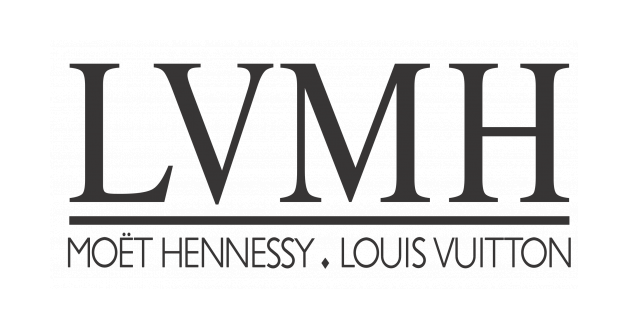Source: Alex Lavoie
Key Financial Highlights of LVMH Moët Hennessy Louis Vuitton
LVMH Moët Hennessy Louis Vuitton (OTC:LVMUY), a global leader in luxury goods, recently reported its financial results for the first half of 2025. Despite facing numerous global economic challenges, the company was able to demonstrate resilience and maintain robust market leadership.
Earnings per Share (EPS)
LVMH reported an Earnings per Share (EPS) of $1.62 for the first half of 2025. Although this figure was slightly below the estimated $1.68, it reflects the company’s ability to maintain profitability even in a challenging market environment.
Revenue Overview
The company generated a revenue of €41.1 billion ($44.8 billion, based on the approximate USD conversion), surpassing the expectations of €40.2 billion. This impressive performance underscores LVMH’s strong market position and outstanding business model. The company’s diverse and extensive portfolio, which includes fashion, leather goods, perfumes, cosmetics, watches, jewelry, and wines and spirits, continues to attract a wide range of consumers globally.
Financial Ratios
Two key financial ratios were highlighted in the report; a Price-to-Earnings (P/E) ratio of 19.5 and a Debt-to-Equity ratio of 0.58. These figures highlight the company’s balanced valuation and solid financial structure, signaling financial stability to investors and stakeholders.
Operating Performance amid Global Economic Challenges
Despite facing headwinds in key markets like Asia (excluding Japan), where demand softened due to economic uncertainties, LVMH reported a modest increase in revenue compared to the same period of 2024. The company’s net profit declined by approximately 14% year-over-year, reflecting higher operational costs and currency fluctuations. Despite these setbacks, LVMH was able to outperform revenue expectations, highlighting its operational strength and brand resilience in the luxury retail sector.
Understanding the Key Financial Metrics
LVMH’s financial ratios provide valuable insights into its market position and stability. A P/E ratio of 19.5 reflects investor confidence in the company’s earnings potential relative to its share price. The company’s P/S ratio of 2.8 indicates the market’s valuation of LVMH’s revenue generation. Additionally, an Enterprise Value to Sales (EV/Sales) of 3.2 reflects the company’s total valuation relative to its sales.
The company’s Enterprise Value to Operating Cash Flow of approximately 14.5 shows a balanced valuation relative to cash flow from operations. The Earnings Yield of 5.1% represents the portion of earnings generated per dollar invested. A Debt-to-Equity Ratio of 0.58 indicates that LVMH maintains a moderate debt level, supporting a stable financial structure. Lastly, the Current Ratio of 1.38 demonstrates LVMH’s ability to meet short-term liabilities with its liquid assets.
Future Outlook for LVMH
Despite facing challenges in the Asian market, particularly in China, LVMH’s diversified portfolio and strong brand equity continue to drive growth. The company’s focus on innovation, sustainability, and premium craftsmanship has ensured its leadership in the luxury goods sector. With a solid balance sheet and strong cash flow, LVMH is well-positioned to navigate economic uncertainties while capitalizing on growth opportunities in regions like Japan and the Americas, where demand for luxury goods remains robust. The company’s strong financial performance is a testament to its strategic direction and operational efficiency.

